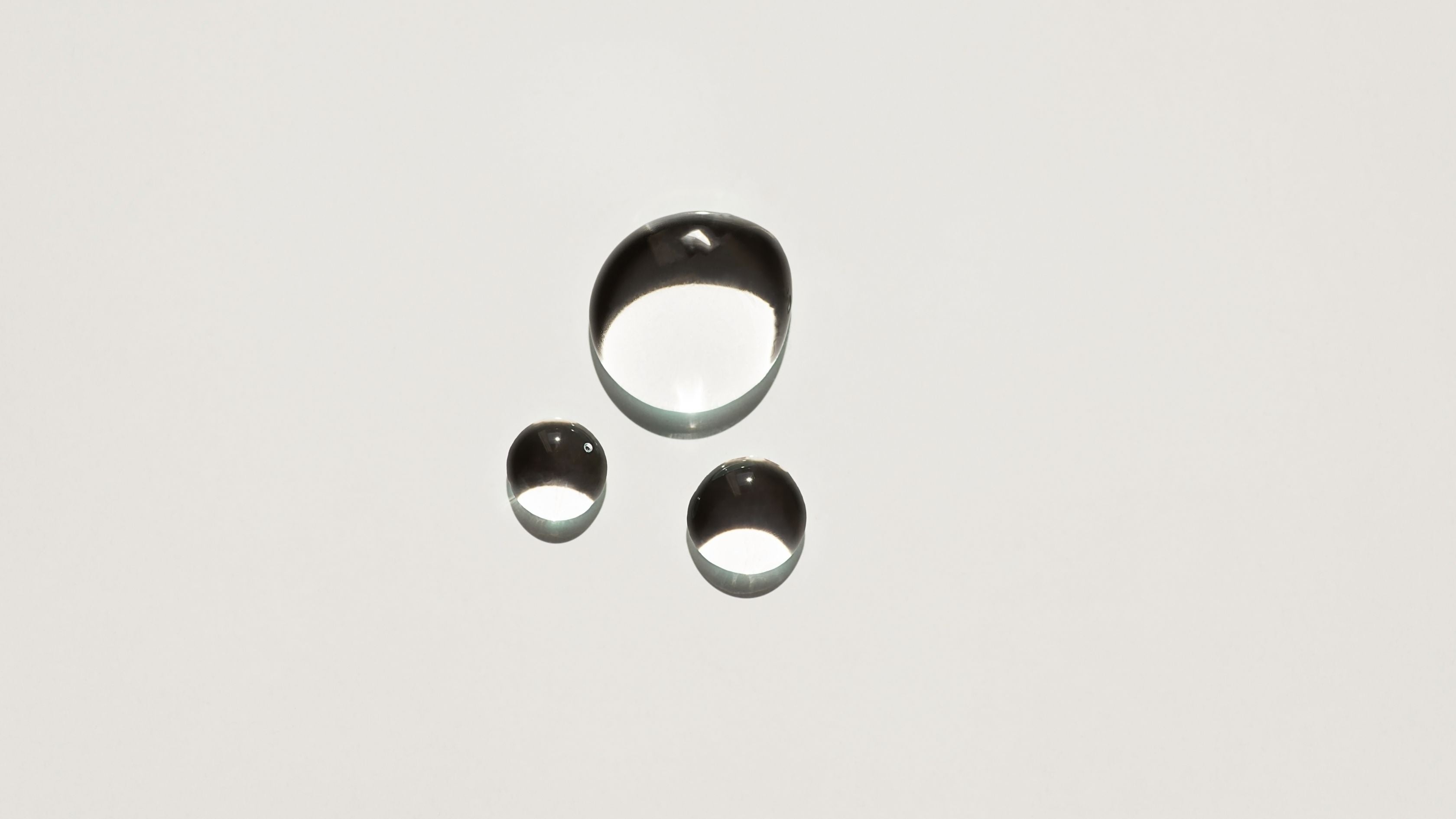AHA, BHA, and Now PHA? What is PHA?

Around here, we talk a lot about the cellular turnover cycle. It’s the secret to beautiful skin and so we want to encourage it. One way to do that is by using chemical exfoliants such as AHA and BHA. But there’s a lesser known cousin named PHA.
What are chemical exfoliants?

Exfoliating your skin using chemicals sounds a bit scary. But putting acids on your skin isn't as gruesome as it sounds. In fact, it’s a very safe and effective way to stimulate your skin cells and activate the cellular turnover cycle.
Two very well known chemical exfoliants are alpha hydroxy acid (AHA) and beta hydroxy acid (BHA).
Alpha Hydroxy Acid or AHA
If you’ve been using skincare products for any length of time, there is a good chance you’ve heard of AHAs. These used to only be accessible to professionals, but now you are able to find them everywhere. Some well known AHA ingredients are glycolic acid and lactic acid. They are commonly included in creams, serums, toners, and even cleansers.
Products containing AHAs work by breaking the bond between dead skin cells and new, fresh skin. (For more information on this process and the whole cellular turnover cycle, check out our post on the subject).
AHAs work for almost all of us. They can fight wrinkles, uneven skin, dry skin, and even acne. They are water soluble.
Beta Hydroxy Acid or BHA
Beta Hydroxy Acid or BHA are a cousin of AHA. This ingredient is also available over the counter, but seems to work best on people who have oily skin or are acne prone because unlike AHAs, they are oil soluble. They also break the dead skin cells free from the surface, but can penetrate into lower layers to dry up oil just enough to not dry out the skin.
Salicylic acid is a popular BHA. It’s found in cleansers, creams, toners, and serums.
The lesser known acid: Poly Hydroxy Acid

Poly Hydroxy Acids, or PHAs, are similar to it’s cousins because it also breaks the bond between dead skin cells and the fresh skin underneath. But, PHA has a different molecular structure. The molecules are larger and they don’t penetrate the surface. They only work on that very top layer. This allows exfoliation without disturbing the fresh layer beneath, making it an ideal chemical exfoliant for more sensitive skin. Clinical studies show that PHAs are effective for people who have eczema and rosacea. Another study shows that it’s just as effective as AHAs when it comes to its anti-aging benefits.
Gluconolactone, Galactose, and Lactobionic Acid are all PHAs that you can find listed as ingredients in everyday skincare products. Let’s learn a little more about each one of these.
Gluconolactone
Gluconolactone is a powder that comes from gluconic acid. It’s a natural substance in mammals and is also found in corn.
Gluconolactone power is a crystalline. It has antimicrobials and antioxidant properties. Both of these have the ability to battle free radicals. It also hydrates, making it ideal for those with dry but sensitive skin.
Galactose
If galactose sounds familiar, you are probably recognizing the root word, lactose, which is the sugar found in milk and other dairy products. This nutrient supports the production of collagen inside our bodies.
Galactose can also fight free radicals as it has antioxidant properties. It’s also great for people with sensitive skin and is recommended for those with eczema and rosacea.
Lactobionic Acid
Lactobionic acid also has its roots in lactose. It’s an oxidized form and comes from milk. Like the other PHAs, it can act as an antioxidant and has anti-aging properties. This makes it an ideal ingredient for those with sensitive skin who are wanting to fight wrinkles, fine lines, and other aging skin issues.
Should I use AHA, BHA, or PHA?

Since all three acids are a little bit different, it can be confusing knowing which one you should be using. The good news is that at Qyral, we have that all figured out for you. Simply take our skin assessment, order your products, and we’ll formulate what you need for your exact skin care situation.